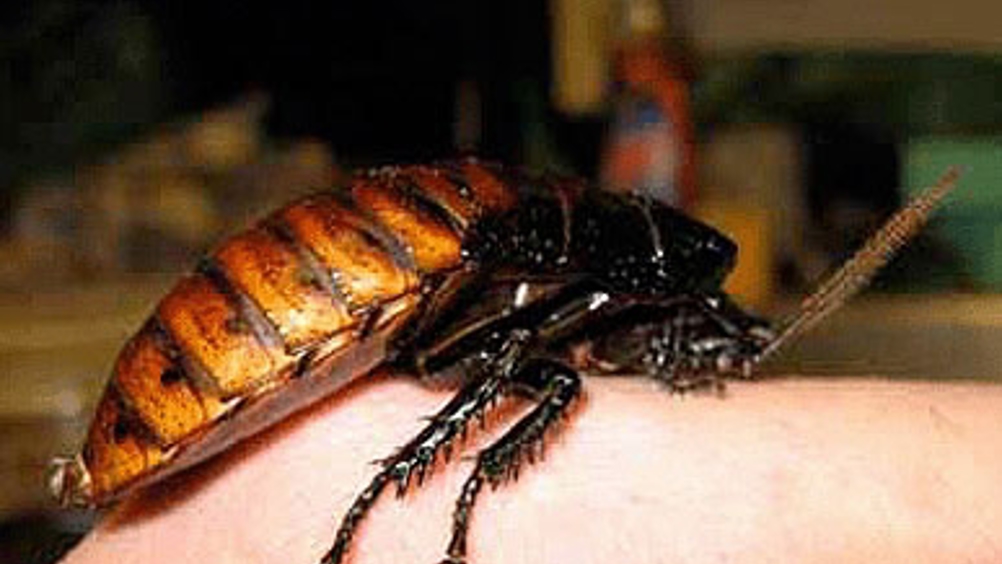Chemical energy development could lead to 'insect cyborgs'
Scientists in Ohio believe that an insect’s internal chemicals can be converted to electricity, a development that could potentially lead to power for sensors, recording devices or to control the bug.

‘It is virtually impossible to start from scratch and make something that works like an insect,’ said Daniel Scherson, chemistry professor at Case Western Reserve University and senior author of a paper detailing the research in the online Journal of the American Chemical Society.
‘Using an insect is likely to prove far easier,’ Scherson said. ‘For that, you need electrical energy to power sensors or to excite the neurons to make the insect do as you want, by generating enough power out of the insect itself.’
Scherson is said to have teamed with graduate student Michelle Rasmussen, biology professor Roy E Ritzmann, chemistry professor Irene Lee and biology research assistant Alan J Pollack to develop an implantable biofuel cell to provide usable power.
According to a statement, the key to converting the chemical energy is using enzymes in series at the anode.
The first enzyme breaks the sugar, trehalose, which a cockroach constantly produces from its food, into two simpler sugars, called monosaccharides. The second enzyme oxidises the monosaccharides, releasing electrons.
Register now to continue reading
Thanks for visiting The Engineer. You’ve now reached your monthly limit of news stories. Register for free to unlock unlimited access to all of our news coverage, as well as premium content including opinion, in-depth features and special reports.
Benefits of registering
-
In-depth insights and coverage of key emerging trends
-
Unrestricted access to special reports throughout the year
-
Daily technology news delivered straight to your inbox









Water Sector Talent Exodus Could Cripple The Sector
Maybe if things are essential for the running of a country and we want to pay a fair price we should be running these utilities on a not for profit...